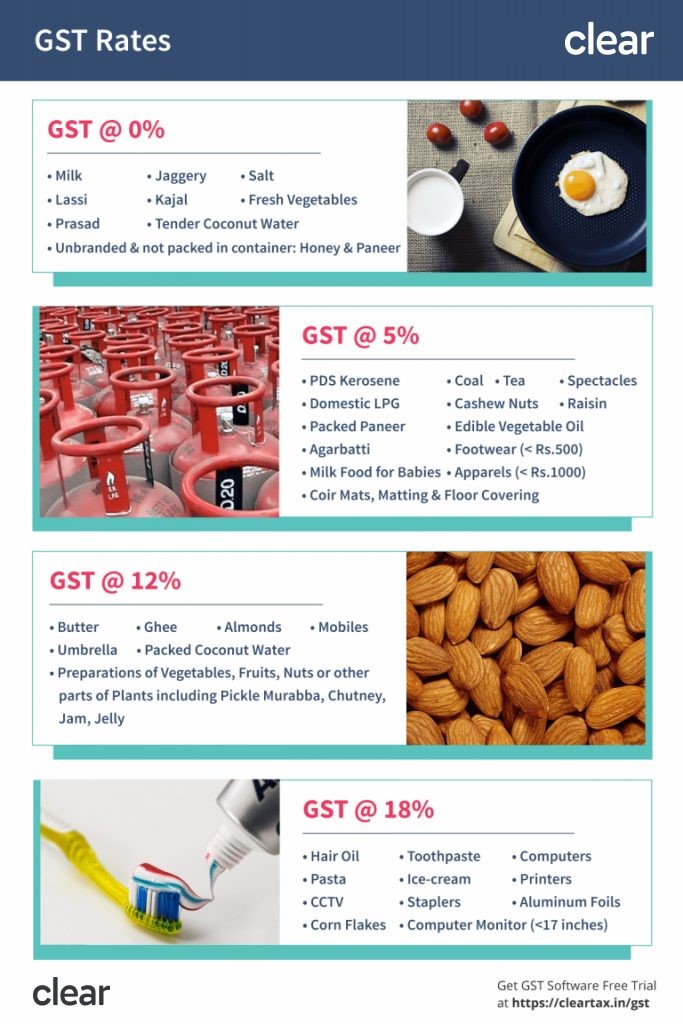1. Bangladesh’ garment industry facing temporary shut down
Context and Background
- Bangladesh’s Garment Industry Overview
- Economic Importance: The garment industry is pivotal for Bangladesh, contributing over 85% of merchandise exports and more than 70% of total exports. It is a major employer, with over 4 million workers.
- Global Trade Position: Bangladesh holds a significant share in global clothing trade (7.9%), compared to India’s 3.2%.
- Current Crisis
- Political Turmoil: Political instability in Bangladesh has led to economic disruptions, particularly in the garment sector. Vandalism and violence have caused factory shutdowns, impacting production.
- Impact on Supply Chain: The disruption has raised concerns about shifting global textile orders to other countries, including India.
Implications for India
- Opportunities and Challenges
- Potential Shift in Orders: With Bangladesh’s disruption, global buyers might temporarily shift their orders to India. This could benefit Indian apparel exporters in the short term.
- Capacity Constraints: India’s garment industry faces its own challenges, including a stressed supply chain and capacity limitations. Indian textile infrastructure, such as Ahmedabad’s fabric processing units, is also affected by pollution controls.
- Impact on Indian Textile Industry
- Industry Response: Indian exporters are making efforts to capitalize on this opportunity but must navigate existing domestic constraints.
- Competition with Other Countries: Vietnam might also benefit from the disruption in Bangladesh, as it is well-positioned to absorb the demand.
Broader Economic and Geopolitical Impact
- Global Retail Market
- Ripple Effects: Disruptions in Bangladesh may lead to delays and reduced availability of products from major global brands, impacting global inventory levels and sales.
- Supply Chain Disruptions: Brands with substantial supply chains in Bangladesh may face significant disruptions, affecting their production schedules.
- Economic Outlook for Bangladesh
- Growth Moderation: Bangladesh’s economic growth has moderated following rapid expansion in previous years. Challenges include high inflation, rising domestic interest rates, and limited foreign exchange access.
- Long-Term Prospects: Despite current difficulties, Bangladesh’s underlying growth potential remains strong, with a robust long-term growth outlook according to S&P Global Ratings.
2. GST on health insurance
Context and Background
- GST on Insurance Premiums: GST at 18% applies to health and life insurance premiums, up from the previous combined rate of 15% (including service tax, Swachh Bharat cess, and Krishi Kalyan cess).
- Recent Developments: Premiums for health and life insurance have surged by up to 50-60% in the current year, driven by GST and rising medical inflation, making insurance less affordable.
Key Data Points
|
1. Insurance Market Size · General Insurance: Rs 1,09,000 crore collected in health insurance premiums in FY2023-24. · Life Insurance: Rs 3,77,960 crore in premiums collected in FY2024, with LIC contributing Rs 2,22,522 crore. 2. Regional Contributions · Concentration: Five states (Maharashtra, Karnataka, Tamil Nadu, Gujarat, Delhi) contributed 64% of the total health insurance premium in 2022-23. 3. Insurance Penetration Trends · Life Insurance: Reduced from 3.2% in FY2021-22 to 3% in FY2022-23. · Non-Life Insurance: Stagnated at 1%, leading to an overall reduction in insurance penetration from 4.2% to 4%.
|
Arguments for Removing or Reducing GST
Affordability Issues
- Increased Premiums: The GST rate has contributed to higher premiums, making insurance less affordable, particularly in the face of medical inflation.
- Policyholder Impact: Frequent premium hikes and high medical inflation have led to a decline in policy renewals, with health insurance becoming increasingly out of reach for many.
Global Comparison
- International Practices: Countries like Singapore and Hong Kong do not impose GST or VAT on insurance premiums, suggesting a potential benefit of removing GST in India.
Economic and Social Impact
- Insurance Penetration: India’s insurance penetration is low compared to global standards. Reducing GST could improve affordability and increase insurance coverage, aligning with the “Insurance for All by 2047” goal.
Recommendations and Reports
- Standing Committee on Finance: The committee has recommended rationalizing GST rates on insurance products to enhance affordability, particularly for health and term insurance.
Arguments for Maintaining or Adjusting GST
Revenue Considerations
- Government Revenue: GST on insurance premiums contributes significantly to government revenue, with Rs 21,256 crore collected over the past three years.
- Industry Impact: GST helps maintain uniform taxation across services and supports government funding.
Policy and Regulatory Framework
- GST Council Decisions: GST rates are set by the GST Council, which includes both central and state finance ministers. Changes require consensus among multiple stakeholders.
Cost and Inflation Factors
- Insurance Costs: Insurers cite rising costs due to inflation and increased claims, which might offset any potential benefit from a reduced GST rate.
3. Ayushman Bharat Scheme: Senior Citizens Focus
1. Ayushman Bharat Scheme: Senior Citizens Focus
|
- Overview
- Scheme: Ayushman Bharat provides up to ₹5 lakh annual health coverage.
- Senior Citizens: Individuals aged 70 and above make up 12% of admissions and incur nearly 14% of total treatment costs.
- Expenditure Data (Till January 2024)
- Total Spend: ₹79,200 crore.
- For Seniors (70+): ₹9,878.5 crore spent on 57.5 lakh admissions.
- Top States
- Expansion Proposal
- Current Coverage: Limited to economically disadvantaged individuals aged 70+.
- Proposed Expansion: Include all seniors regardless of economic status, adding ~4 crore beneficiaries.
- Cost Implications: Higher due to increased utilization and higher premiums for older adults.
- Budgetary Aspects
- Allocation: Increased by ₹100 crore to ₹7,300 crore in the latest budget, potentially insufficient for expansion.
- Demographic Trends
- Future Projections: Population over 60 to rise from 8.6% in 2011 to 19.5% by 2050, with numbers tripling from 103 million to 319 million.
4. India-Fiji Relations
CONTEXT: President Murmu conferred with Fiji’s highest civilian award, the Companion of the Order of Fiji.
Historical Background:
- Diplomatic Relations:Established in 1970, soon after Fiji gained independence from Britain.
- Indian Diaspora:Significant Indian community in Fiji, descendants of indentured laborers brought by the British in the 19th and 20th centuries.
Key Areas of Cooperation:
- Humanitarian Assistance & Disaster Relief:
- India has provided aid during natural disasters in Fiji, including cyclones and floods.
- Defense Cooperation:
- Training and capacity-building programs for Fijian defense personnel.
- Agriculture and Allied Sectors:
- Collaboration in agricultural research and development, including the introduction of new farming techniques and technologies.
- Education and Capacity Building:
- Scholarships and training programs for Fijian students and professionals under the Indian Technical and Economic Cooperation (ITEC) program.
- Health Sector:
- Medical camps and donation of essential medicines and equipment.
Recent Developments:
- High-Level Visits:
- President Droupadi Murmu’s visit to Fiji in August 2024, the first by an Indian head of state.
- Bilateral talks with Fijian President Ratu Wiliame Maivalili Katonivere.
- Climate Justice:
- India advocating for climate justice for Fiji and other ocean states, emphasizing climate finance and technology.
- Awards and Recognition:
Strategic Importance:
- Geopolitical Significance:
- Fiji’s strategic location in the South Pacific makes it an important partner for India in the region.
- Part of India’s Act East Policy, aiming to strengthen ties with Pacific Island Countries (PICS).
- Cultural and People-to-People Ties:
- Strong cultural connections due to the Indian diaspora.
- Regular cultural exchanges and events to promote mutual understanding and goodwill.
Quotes:
- President Droupadi Murmu: “As India emerges strongly on the global stage, we stand ready to partner with Fiji, according to your priorities, to build a stronger, resilient, and more prosperous nation.”
- On Climate Justice: “We will continue to stand shoulder-to-shoulder with Fiji and other ocean states for climate justice.”
5. New finding on Sucralose – an Artificial sweetener
CONTEXT: Judicious use of sucralose can help reduce calories and sugar intake. Dr. V. Mohan emphasized that sweeteners used sparingly in India show no harm and may offer marginal health benefits.
- Potential benefits for dietary compliance and cardiometabolic health.
- Relevance : WHO caution against non-nutritive sweeteners (NNS) for non-diabetics to control body weight.
- Quotes V. Mohan: “The study shows that there is no harm in taking sweeteners. In fact, there was a marginal improvement in body weight, BMI, and waist circumference with no impact on glucose or HbA1c levels.”
List of some artificial sweeteners
Artificial Sweetener | Description |
Aspartame | Commonly used in diet sodas and sugar-free products. Known for its intense sweetness. |
Saccharin | One of the oldest artificial sweeteners, used in various food and beverage products. |
Sucralose | Found in many sugar-free and low-calorie products. Known for its stability at high temperatures. |
Acesulfame Potassium (Ace-K) | Often used in combination with other sweeteners in beverages and baked goods. |
Neotame | Similar to aspartame but much sweeter. Used in a variety of food products. |
Advantame | Newer sweetener, much sweeter than aspartame and neotame. Used in small quantities. |
Cyclamates | Banned in some countries but still used in others. Often combined with other sweeteners. |
Stevia | Derived from the leaves of the Stevia plant. Considered a natural sweetener but often included in discussions of artificial sweeteners. |
Monk Fruit Extract | Derived from monk fruit. Provides sweetness without calories. |




